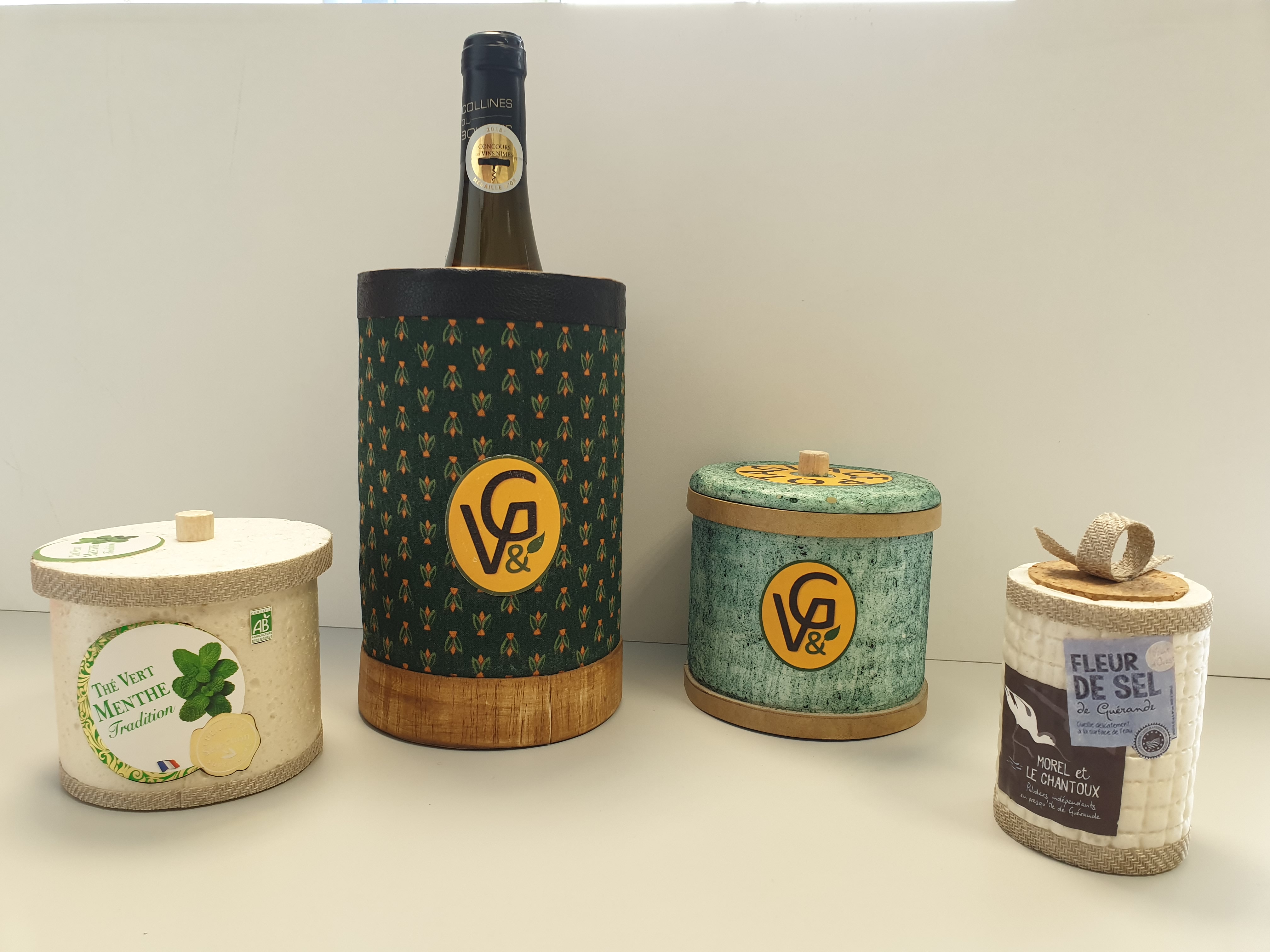ALGIMEL, a ‘marine’ polystyrene
In the future, materials will not only need to be more efficient; it will also be essential that they are environmentally friendly. With this in mind, researchers from IMT Mines Alès who specialize in bio-sourced materials are working on this project. Over the past few decades, they have been trying to develop environmentally-friendly alternatives to the most polluting materials. One of their latest designs is a naturally occurring polymer foam which can replace several of polystyrene’s uses. Eric Guibal and Thierry Vincent tell us about their work.
What is the material you have developed like?
Eric Guibal: We see it as a material with similar properties to polystyrene. It is a low-density foam with a structure that is mainly made up of biopolymers. This material, named ALGIMEL, is mostly made up of alginate, a natural polymer which is found in the cell wall of brown algae. The team’s expertise is mainly focused on the synthesis and composition of these foams.
Why did you choose this type of biopolymer?
Thierry Vincent: From the beginning, our aim was to develop the most environmentally-friendly material possible. This decision goes far beyond the choice of polymer as during the synthesis of the material we don’t use any toxic products. For example, when we are developing the foam, we don’t use any chemical solvents. We don’t use products which could be dangerous for the technicians. The additives which we use to improve the properties of the material are also natural. Our manufacturing processes have low energy consumption and the drying process is carried out at a maximum temperature of 50°C. Some synthetic products are still used during manufacturing, but they make up less than 1% of all the materials that we use, and we are working on replacing them with bio-sourced materials.
Why did you want to develop these foams?
EG: Our aim was to produce an insulating material which was also an alternative to polystyrene. This is because polystyrene takes several hundred years to biodegrade, pollutes water and releases several toxic substances when it burns. Although our biopolymer foam has similar thermal insulating properties to polystyrene, it is also different due to its outstanding fire-resistant properties. ALGIMEL also has a controlled lifespan. When it is being used, the material is stable; however, at the end of its life, its biodegradable properties mean that it can be put in the household compost.
What could this material be used for?
TV: This material is light and extremely versatile, which means it can have many uses. As well as its thermal insulation and flame-retardant properties, its surface properties can be modified by applying biopolymers which make the foam hydrophobic, so it can be used in humid environments. To increase its mechanical strength, you can easily add plant-based fibers or mineral fillers. We can also add pigments or dyes, both on the interior and the surface, to change its appearance. If it’s used with other materials such as wood, fabrics, leather, etc., either in its composite form or as a sandwich compound, the foam has many uses. These include decoration, packaging, bags, clips fashion and luxury items, etc.
How did your research lead you to this material?
TV: For around thirty years, our work has focused on developing biopolymers. Our main area of experience is with alginate, as well as other biopolymers such as chitin and chitosan, which are made from crustacean shells. We have always directed our research towards developing materials that are more environmentally friendly. ALGIMEL is the result of all the skills we have acquired during our research.
Will the material soon be used outside of your laboratory?
EG: We are currently working with organizations that specialize in technology transfer, including SATT AxLR Occitanie Est. We are also lucky enough to have a contract with Institut Carnot M.I.N.E.S and the Carnot Carats network. Today, we are in the process of raising process quality and pre-industrialization. In collaboration with several partners, we are working on improving the design of our foams so they can be used in decorative, fashion and luxury products. We know that the development of this type of material is in line with many announcements made by the public authorities and industrialists. The most recent example is Emmanuel Macron’s aim of making the fashion and luxury goods industries more sustainable, which he entrusted to François-Henri Pinault. All of this shows that this product has a promising future ahead of it.




Leave a Reply
Want to join the discussion?Feel free to contribute!